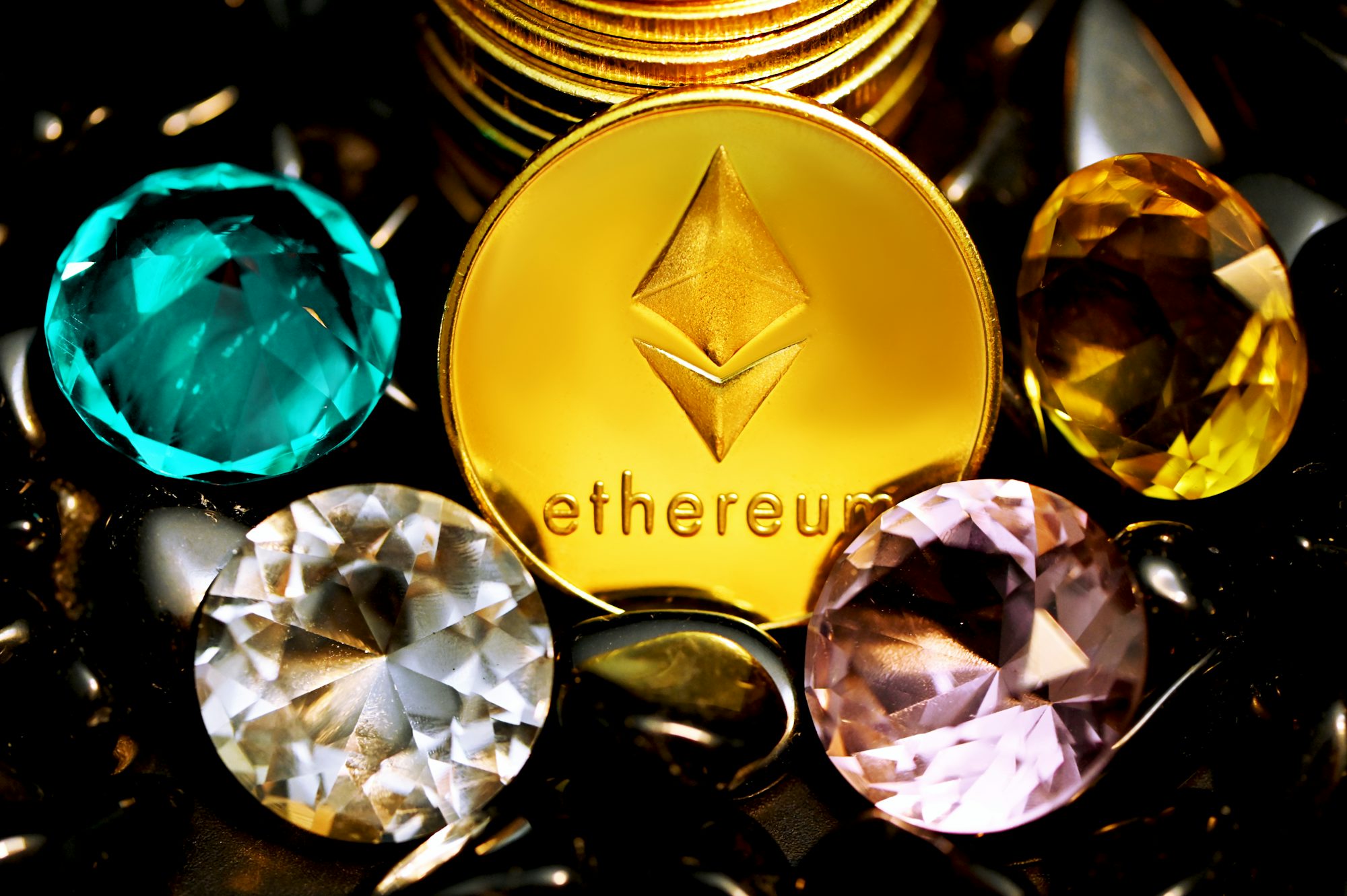Decentralized Finance, or DeFi, is one of the most exciting and rapidly evolving sectors within the cryptocurrency ecosystem. It refers to the use of blockchain technology and cryptocurrencies to recreate and improve upon traditional financial systems, such as lending, borrowing, trading, and investing, without the need for intermediaries like banks or brokerages. As DeFi continues to grow, it promises to democratize access to financial services, offering opportunities for individuals worldwide, regardless of their geographic location or socioeconomic status.
Understanding DeFi
DeFi is built on the principle of decentralization, allowing users to retain control over their assets without relying on a centralized authority. This shift is facilitated by smart contracts—self-executing agreements written in code that automatically enforce the terms of a contract when predetermined conditions are met. Smart contracts eliminate the need for intermediaries, reducing costs and increasing efficiency.
The DeFi landscape encompasses a wide range of applications and platforms. Some of the most notable include decentralized exchanges (DEXs), lending and borrowing platforms, stablecoins, and yield farming protocols. Each of these components plays a crucial role in creating a comprehensive financial ecosystem that operates on principles of transparency, security, and accessibility.
Key Components of DeFi
1. Decentralized Exchanges (DEXs): Unlike traditional exchanges, which require users to deposit funds and rely on the exchange to facilitate trades, DEXs allow users to trade directly from their wallets. This peer-to-peer trading model not only enhances privacy but also reduces the risk of hacks that can occur when funds are stored on centralized platforms. Prominent DEXs such as Uniswap and SushiSwap have gained popularity by enabling users to trade a wide variety of tokens in a decentralized manner.
2. Lending and Borrowing Platforms: DeFi lending platforms allow users to lend their assets and earn interest or borrow against their crypto holdings without the need for credit checks or extensive paperwork. Protocols like Aave and Compound enable users to supply assets to liquidity pools, which can then be borrowed by others. This creates a fluid marketplace for loans, where interest rates are determined by supply and demand dynamics, rather than being set by a central authority.
3. Stablecoins: To mitigate the volatility often associated with cryptocurrencies, stablecoins are pegged to stable assets, such as the US dollar. These digital currencies offer the benefits of blockchain technology while maintaining a stable value. Popular examples include Tether (USDT) and USD Coin (USDC). Stablecoins are crucial in the DeFi ecosystem as they provide a reliable medium of exchange and a store of value, enabling users to participate in DeFi applications without exposure to significant price fluctuations.
4. Yield Farming: Yield farming refers to the practice of staking or lending crypto assets to earn returns, often in the form of additional cryptocurrency. Users can maximize their earnings by strategically moving their assets between different DeFi platforms to take advantage of varying interest rates and incentives. This process not only generates passive income for users but also contributes to the overall liquidity and functionality of DeFi protocols.
Benefits of DeFi
The benefits of DeFi are numerous and can have a profound impact on the financial landscape:
– Accessibility: DeFi platforms are accessible to anyone with an internet connection, removing barriers to entry that often exist in traditional finance. This inclusivity can empower individuals in underbanked or unbanked regions, providing them with access to essential financial services.
– Transparency: All transactions and smart contracts on DeFi platforms are recorded on the blockchain, ensuring complete transparency. Users can verify transactions and understand how protocols operate, fostering trust and accountability.
– Control: By using DeFi applications, individuals maintain control over their assets and financial decisions. Unlike traditional banking systems, where customers must trust banks with their funds, DeFi users retain custody of their assets, reducing the risk of mismanagement or fraud.
– Lower Costs: The absence of intermediaries can lead to lower fees for transactions, lending, and borrowing. This reduction in costs makes financial services more affordable, particularly for smaller transactions that may not be viable within traditional banking frameworks.
Challenges Facing DeFi
Despite its promise, DeFi is not without challenges:
– Regulatory Uncertainty: As DeFi continues to grow, regulators around the world are grappling with how to approach this new financial paradigm. While some jurisdictions are creating frameworks for DeFi operations, others remain hesitant, which can create an unpredictable environment for users and developers.
– Security Risks: While blockchain technology is inherently secure, DeFi platforms can be vulnerable to hacks and exploits. Bugs in smart contracts or flaws in the underlying code can lead to significant financial losses for users. As the DeFi space matures, there is a pressing need for robust security practices and audits to mitigate these risks.
– User Experience: The technical complexity of DeFi platforms can be daunting for newcomers. Many users may struggle with the intricacies of wallet management, smart contracts, and liquidity provision, potentially hindering wider adoption. Improving user interfaces and educational resources will be critical in making DeFi accessible to a broader audience.
The Future of DeFi
As the DeFi ecosystem continues to evolve, several trends are likely to shape its future:
– Interoperability: The ability for different blockchain networks to communicate and share information seamlessly will be essential for DeFi’s growth. Projects focused on interoperability, such as Polkadot and Cosmos, are working to create frameworks that enable diverse DeFi applications to interact, enhancing functionality and user experience.
– Integration with Traditional Finance: We may see increased collaboration between DeFi and traditional financial institutions. Some banks are already exploring ways to integrate DeFi services into their offerings, which could lead to a hybrid model that combines the best of both worlds.
– Institutional Adoption: As more institutional investors recognize the potential of DeFi, we can expect increased capital inflow into decentralized protocols. This institutional interest can lead to greater legitimacy and stability in the DeFi space, further propelling its growth.
Conclusion
Decentralized Finance represents a revolutionary shift in the way we think about and interact with financial services. By leveraging blockchain technology, DeFi has the potential to democratize access to financial resources, enhance transparency, and empower individuals worldwide. While challenges remain, the continued development and adoption of DeFi applications signal a promising future for this dynamic sector. As we move forward, it will be crucial to navigate the complexities of regulation, security, and user experience to unlock the full potential of decentralized finance for everyone.



